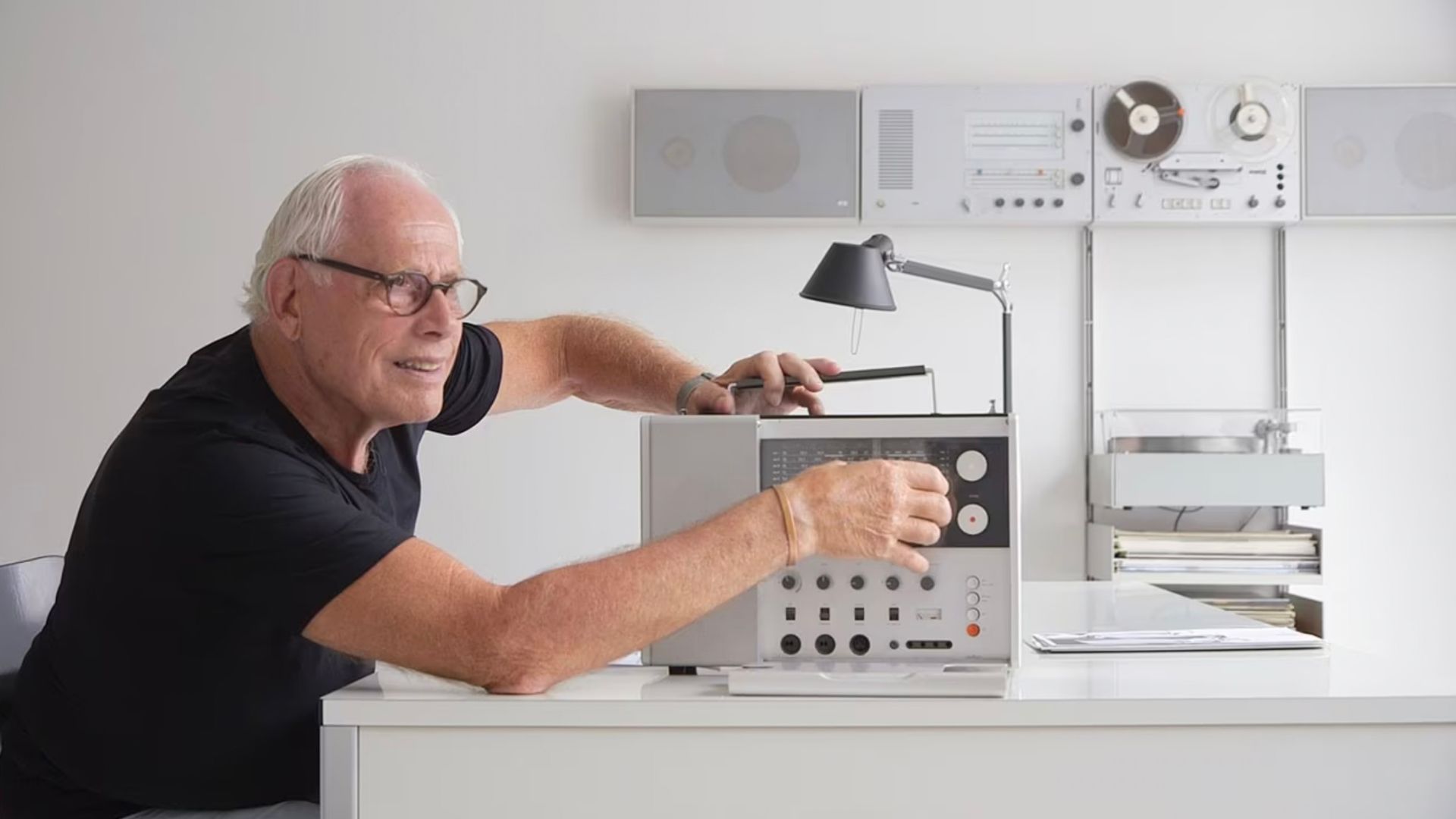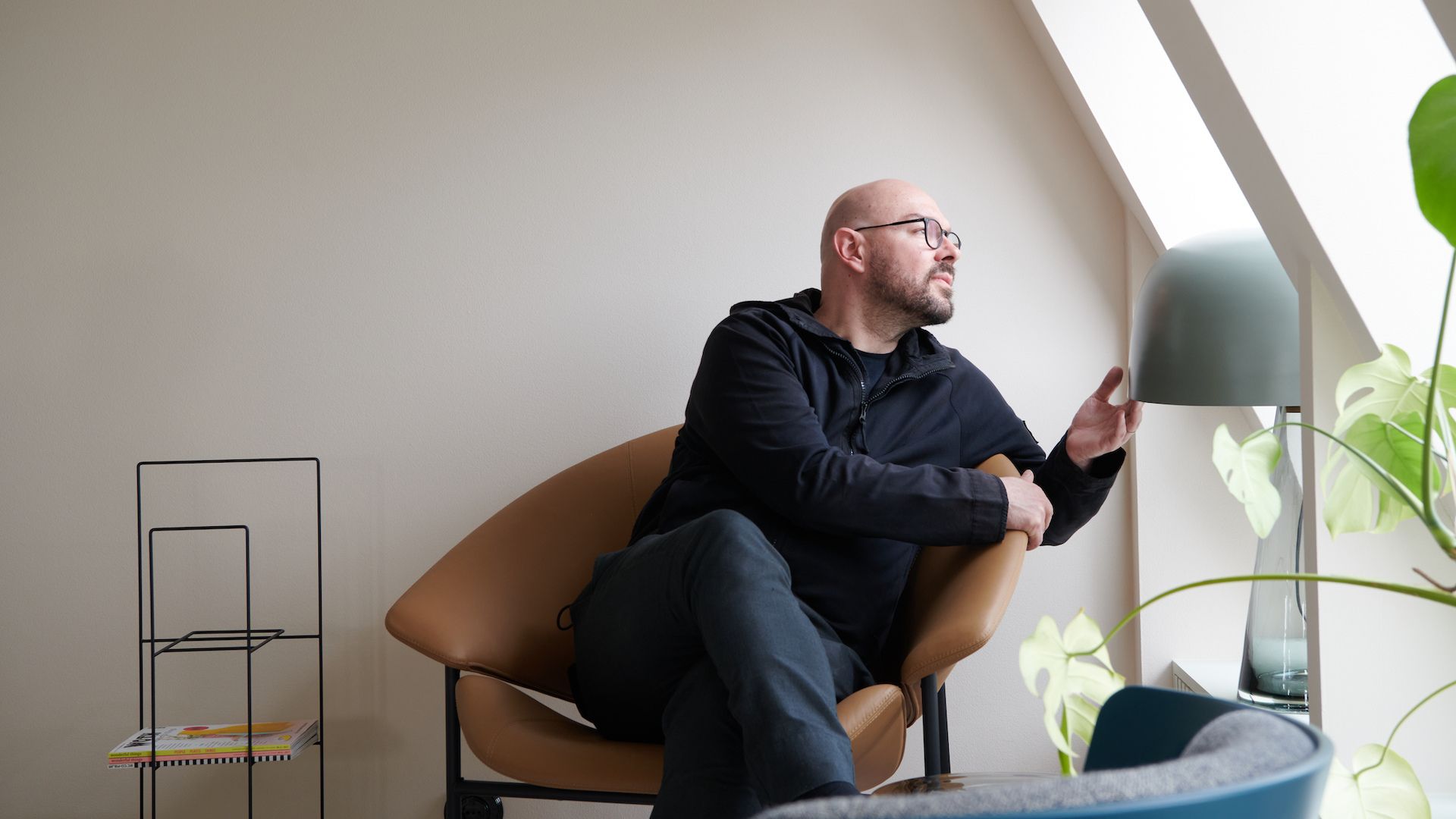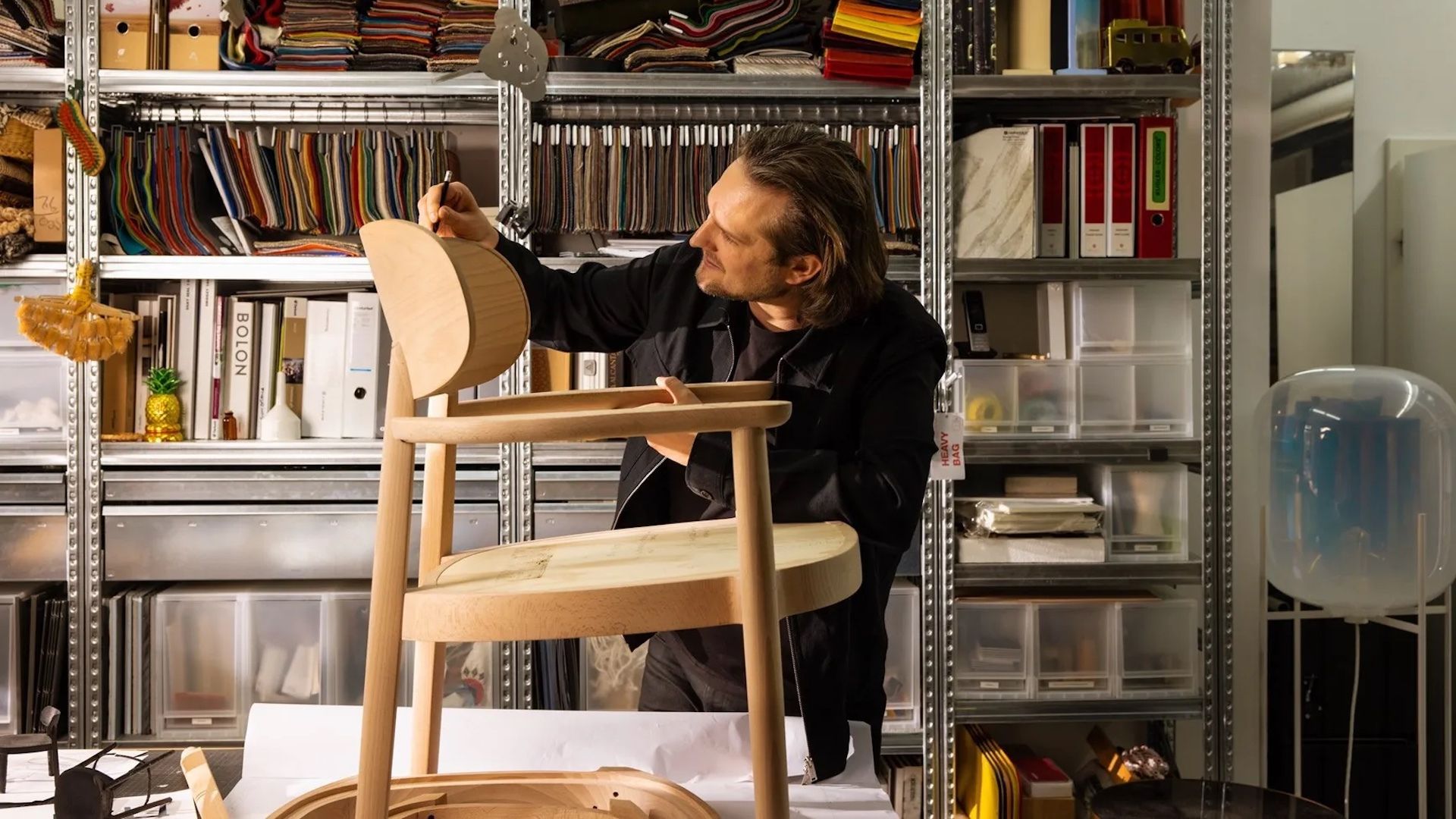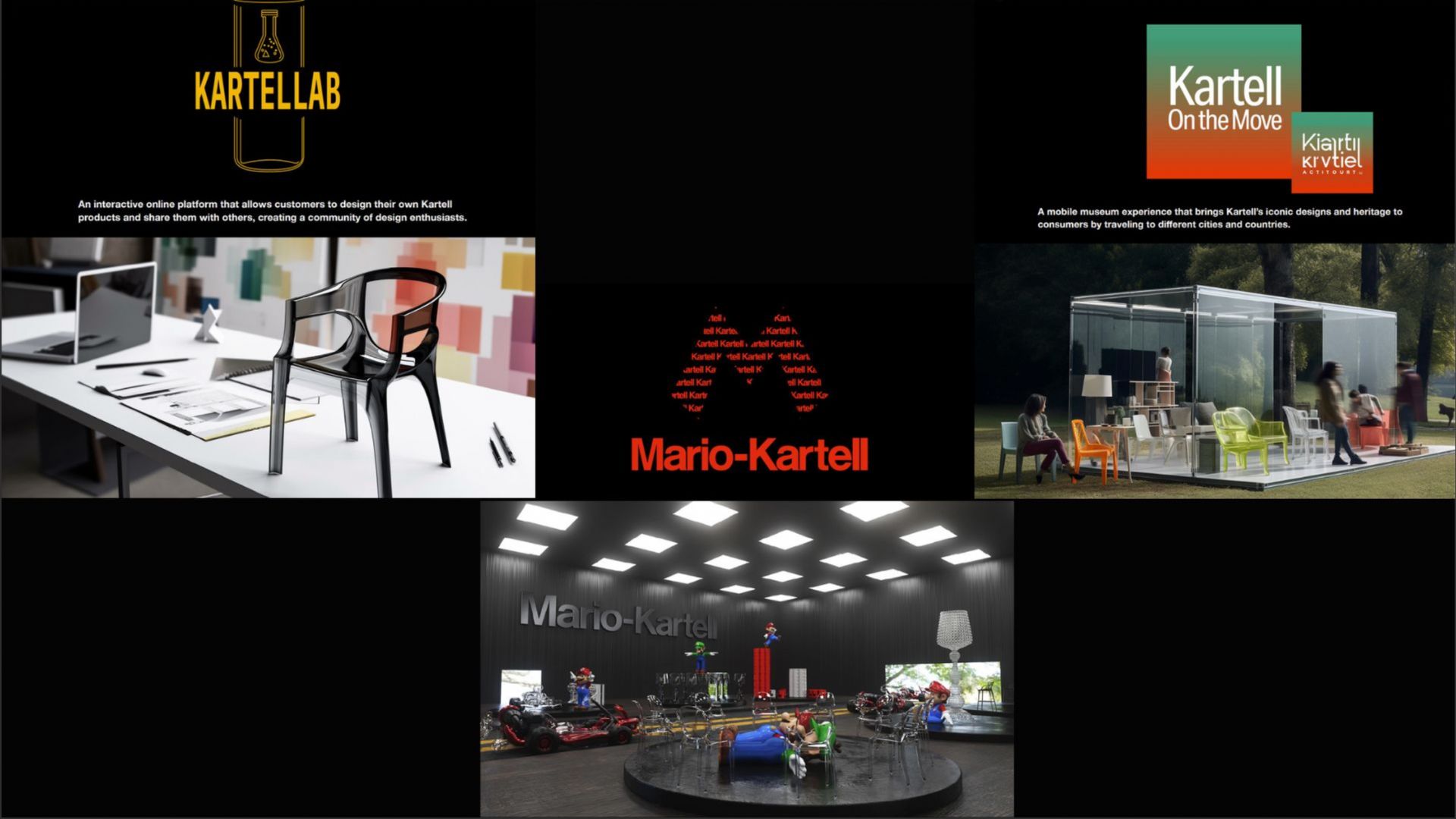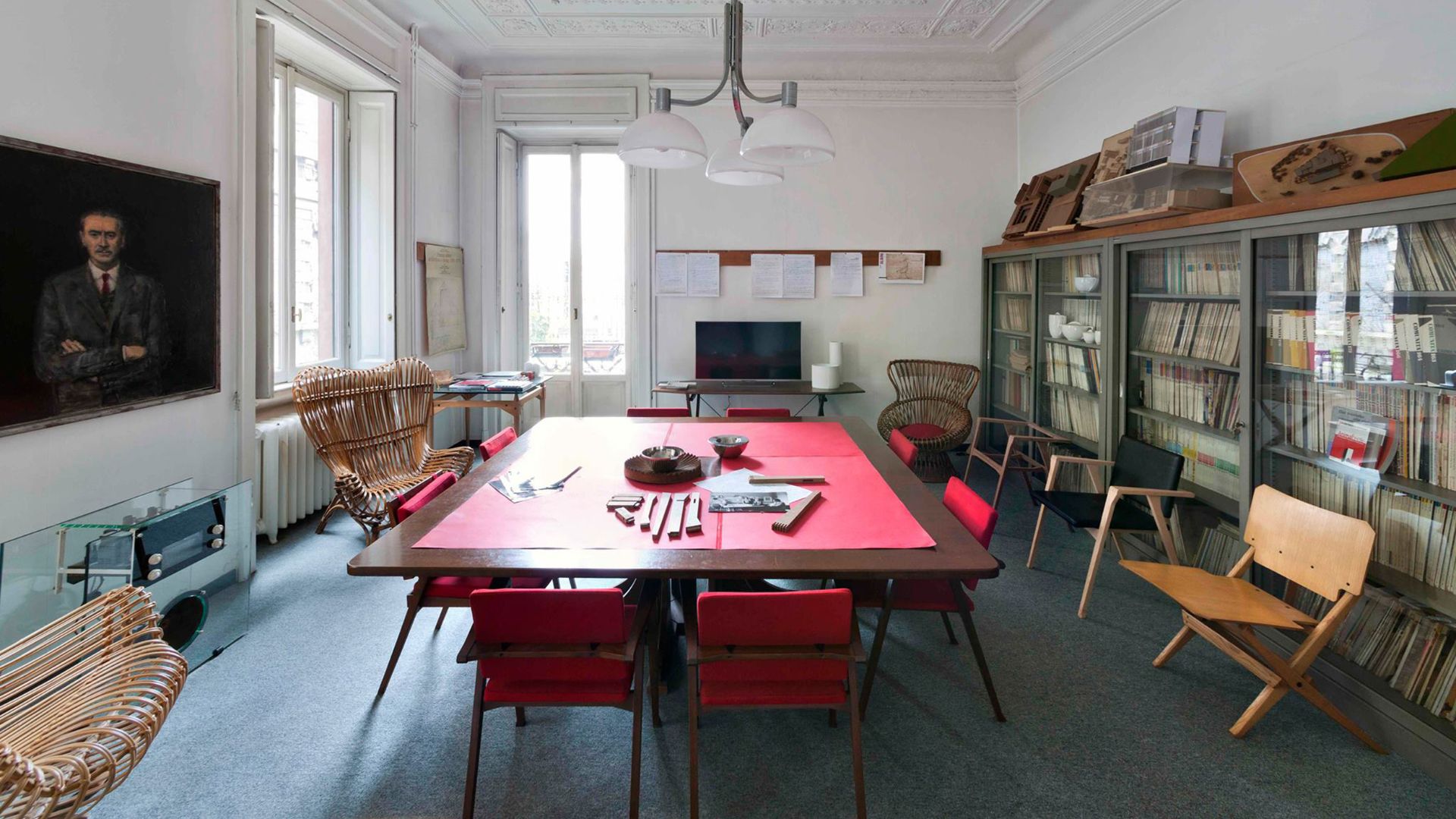Maddalena Selvini: when materials become the essence of things
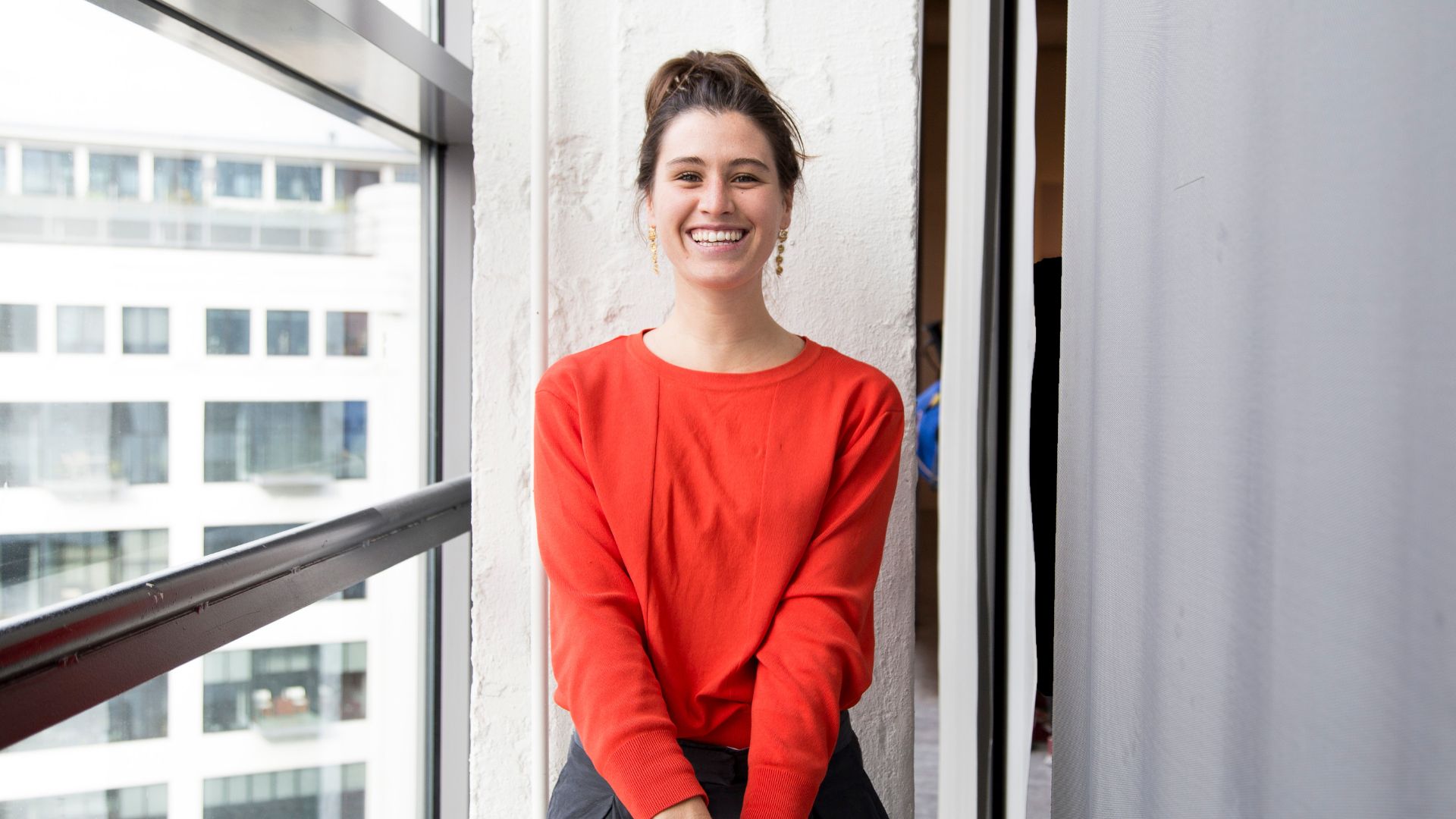
In Maddalena Selvini’s projects nothing is imposed on matter. When observing her work, our eyes get lost along the surfaces of objects: what appear to be random details are actually consequences of the intrinsic properties of the materials and manufacturing techniques she used. All created after a thorough (and very hand-one) study of matter and of ancient traditions. The plus: there is no nostalgia in the work although the atmosphere is all there.
Materials are therefore the absolute protagonists of Maddalena Selvini’s collections.
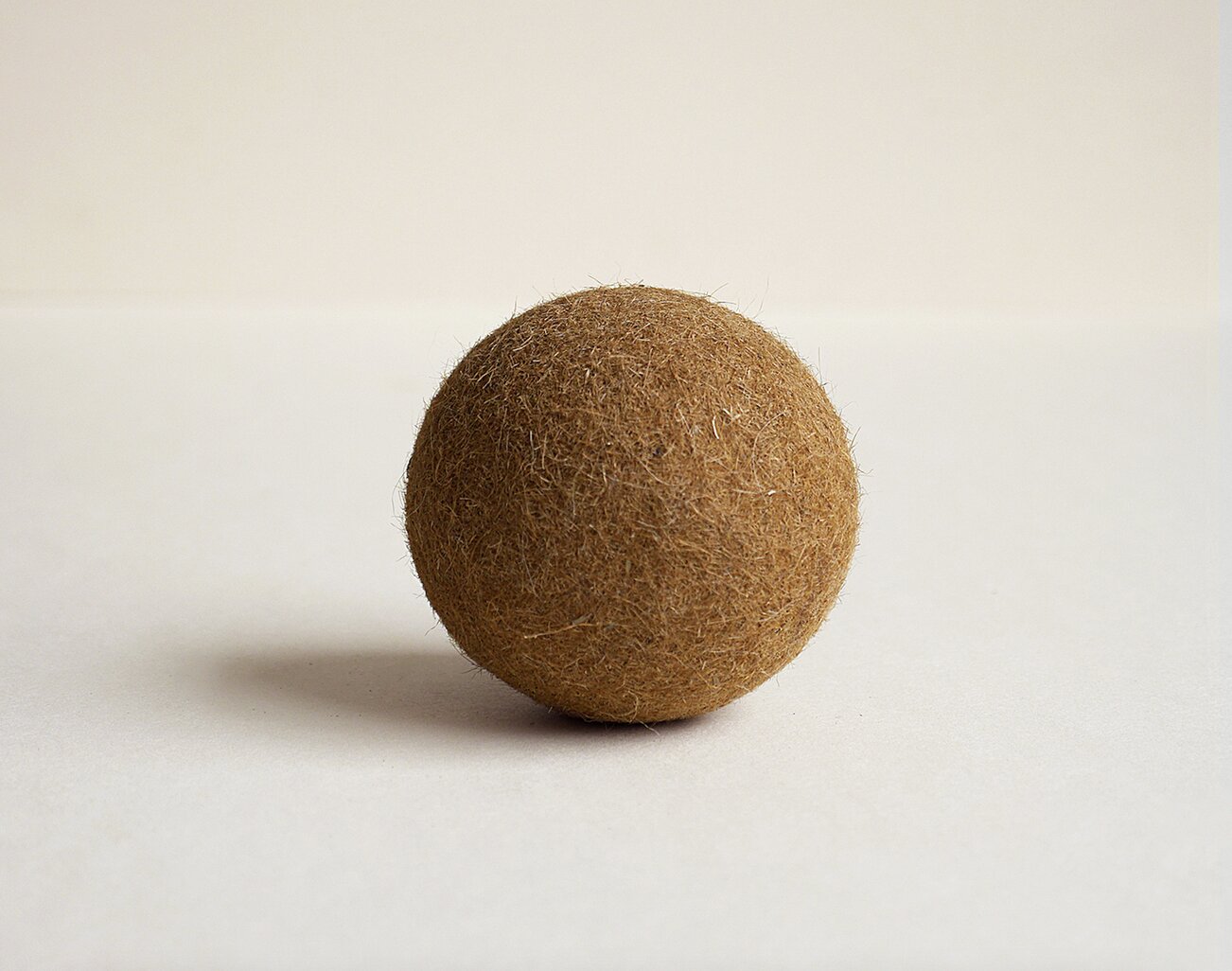
After the research phase, Selvini proceeds with fine-tuning the ways to work them in order to push the line of what’s possible further and further until the material itself becomes the structure and the shape of an object.
The final design is thus a match between what is possible and what she wants to obtain while respecting the natural behaviors of matter.
How do you fall in love with a material?
Selvini began her studies at the Goldsmith Ambrosiana School in Milan, growing increasingly passionate about the study of metals. She then attended courses at Central Saint Martins in London where, for final year project, she created S-POT, a series of pots based on the working of soapstone, a non-porous and non-absorbent material with high specific heat capacity from Valtellina (an Alpine valley in Northen Italy).
“I was attracted by the thermal properties and softness of this stone,” she explains, “but also by the storytelling that goes with soapstone: those Alpine hearths and moments of sharing food”.
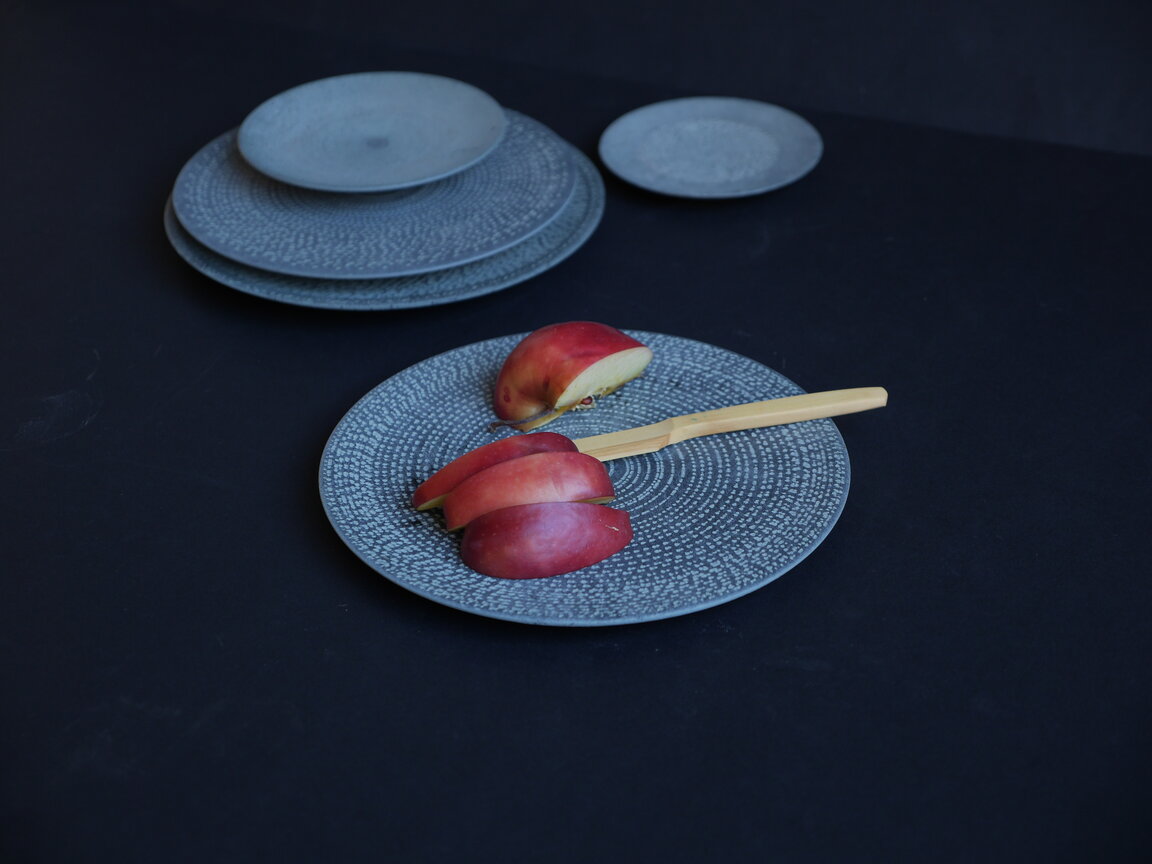
Working with a material in new ways means finding compromises
Even when your intentions are great, reality can often present you with a check to pay. Indeed Selvini wanted to realize small pots using soapstone, working with local craftsmen from Valtellina. It all went well when it came to the bigger objects but they refused to produce the smaller ones, such as glasses, plates, bowls.
Their reasoning made sense: the work process, which is based on the stone turning technique, uses the entire stone as it is found in nature. Reducing it to a small mass to make a glass represented an enormous waste of material, given that the waste stone could not be used because after turning it becomes dust.
“I had to look for ways to avoid wasting material”, says Selvini.
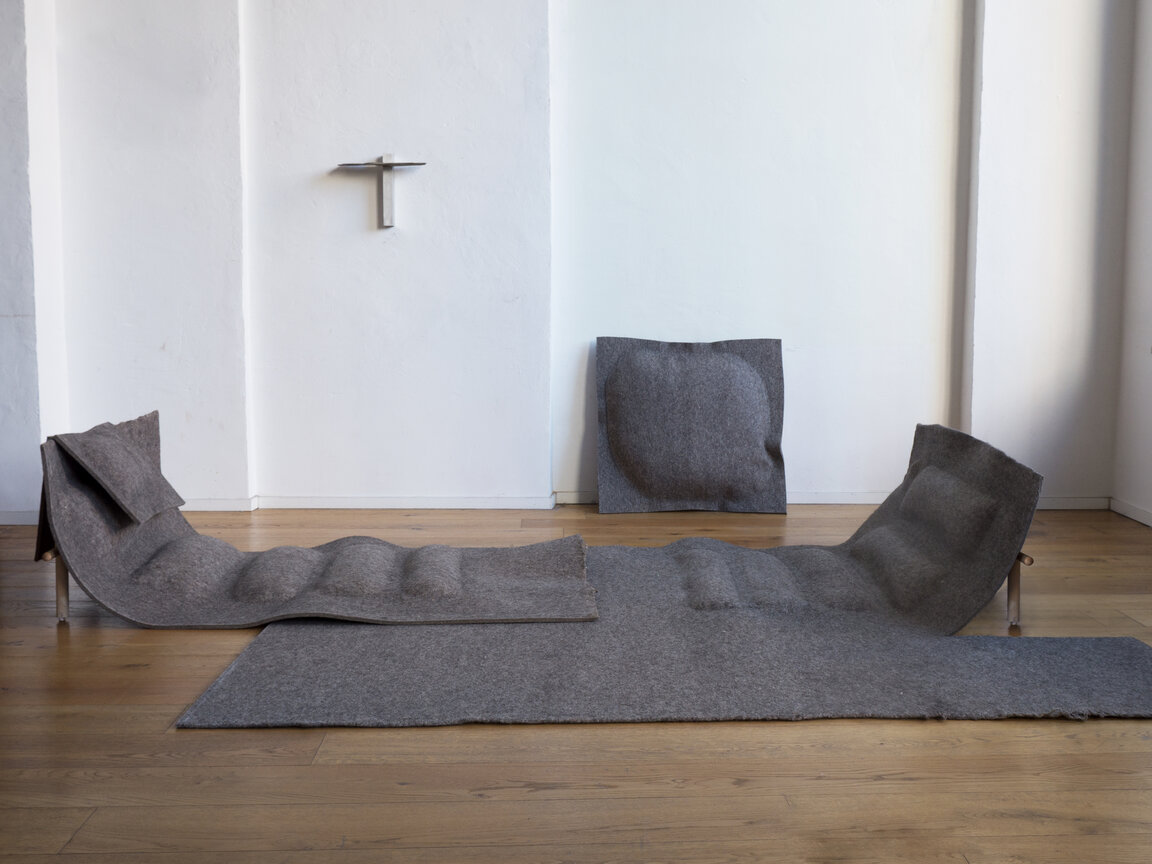
The accumulation of waste led the designer to look for new ways to reuse it, realizing at that moment that good design is not only knowledge of the material and processing techniques, but above all experimenting to find new working methods and even new materials.
There was a potential for a win-win: saving material and finding ways to reuse stone residues.
Through experimentation she managed to arrive at a new material – arena – that mixes stone dust with porcelain, obtaining a porous, liquid material with different characteristics that could be used for smaller objects.
Applying the methodology on other materials
Since the new material had different qualities from the original soapstone (amongst which the capacity to absorbe and release water or essences), Maddalena Selvini exploited them to create another collection of objects for the home – such as candle holders and vases.
The greatest difficulty in production was finding a way to work the new material, which, being liquid, required another type of treatment.
In the end, the designer, relying again on the craftsmen, managed to find a manufacturing technique.

However, the process requires several stages, since the liquid is first poured into the molds and then cooked. When heated at 1200 degrees celsius, arena hardens and changes colour, allowing shaping.
The sea felt
After soapstone, Maddalena Selvini moves on to another very particular material: Egagropylus, also called Posidonia ball or sea felt, a marine plant whose rhizome accumulates the fibrous residues of lost leaves.
These leaves harden and are transported by the current of the sea, thus producing accumulations of different shapes and sizes.
It was this feature that had attracted Maddalena Selvini’s attention, having been mesmerized by the spherical perfection of the posidonia seen on a Sardinian beach.
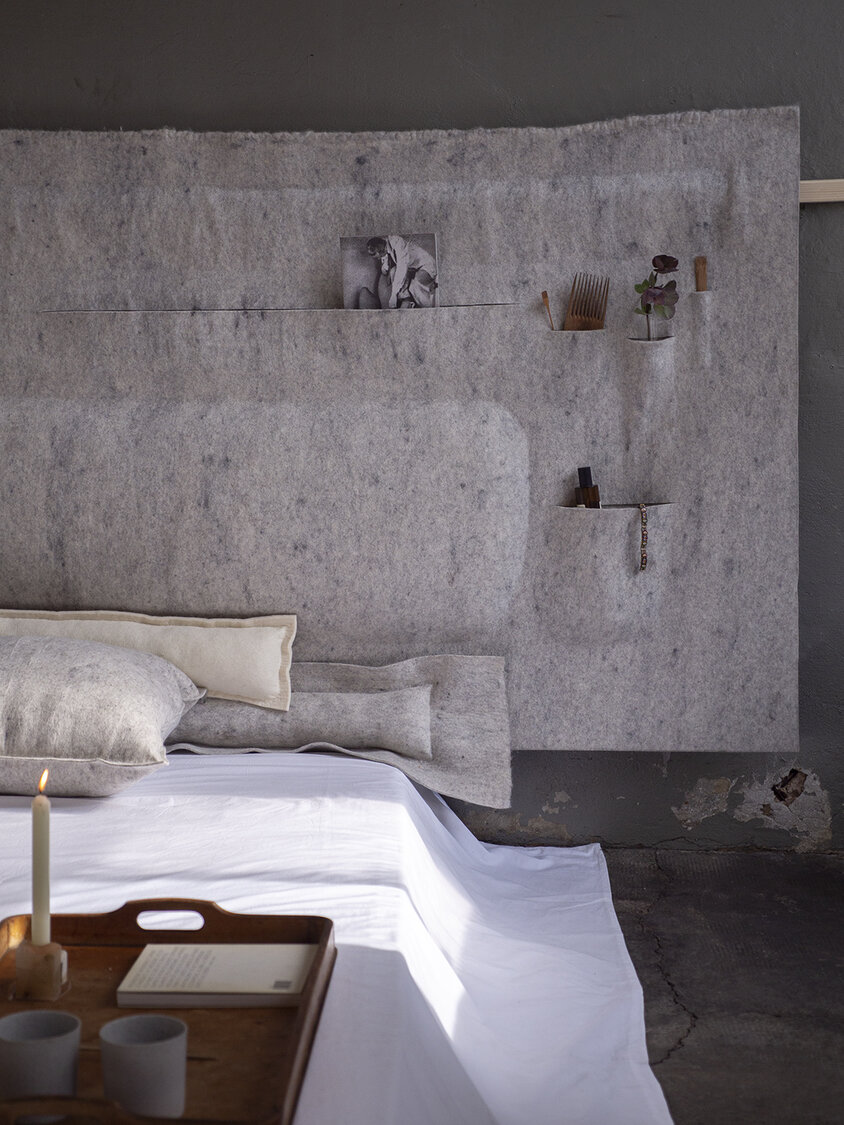
However, by carefully studying the accumulations, she realized that it is not easy to work them to make objects.
She thus transferred the knowledge of sea felt to earth felt i.e. wool.
Using the same modus operandi, she collaborated with a felt factory and exploiting the peculiar and natural felting of the material, she managed to work it like a three-dimensional material rather than a fabric.
Entirely produced by the sea, this marine plant has turned into a production material for the Feel Felt collection.
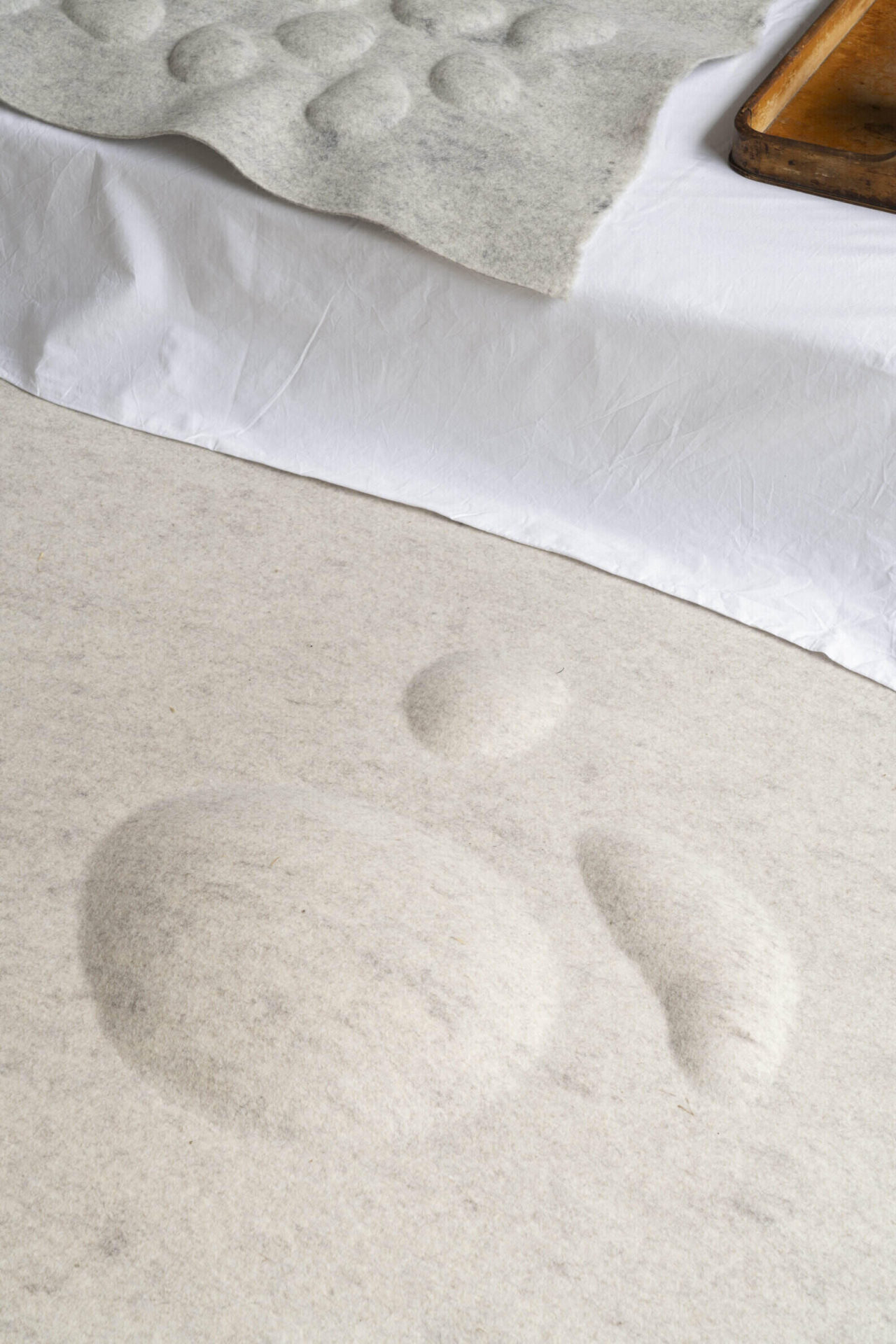
What is there to learn from Maddalena Selvini’s work?
Creative freedom is still the guiding principle of Maddalena Selvini’s design when she lets the material decide the final shape of the products.
However, this does not mean that there is something casual in her work: it is simply not excessively controlled down to the smallest detail but directed and then gently guided by the curiosity of a designer who does not know exactly where she will end up.
At the basis of everything is the experimentation that Selvini manages to apply the concepts learned, directing it, at the same time, towards the discovery of new properties of materials.
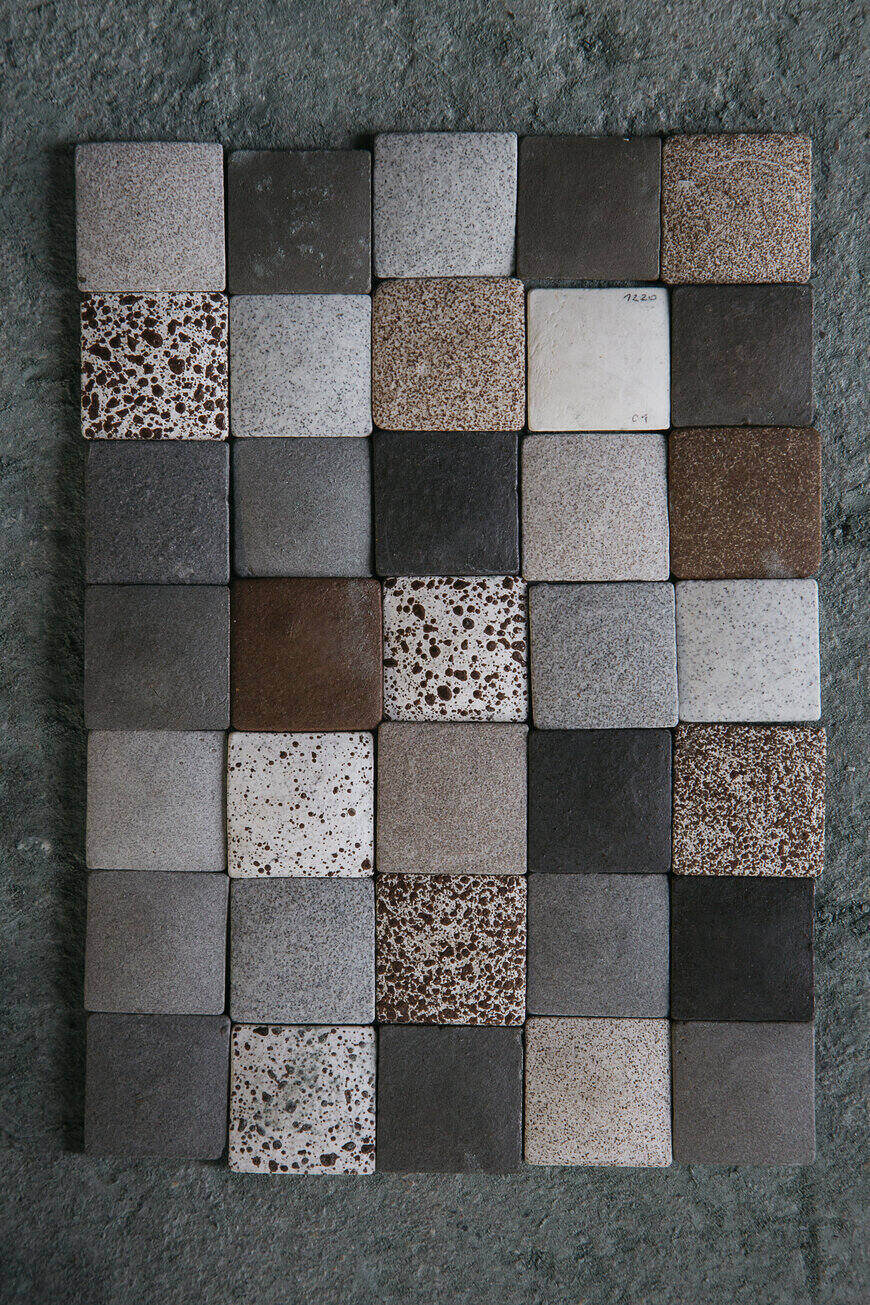
This design methodology that she applies in her projects is also the basis of her teaching which is above all practical. “It is only with a tactile and visual approach that one can not only discover much more about the surface of the material but also better see how it responds to certain working conditions and techniques”.




